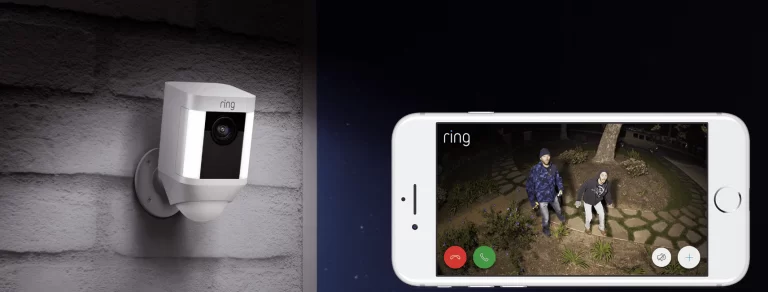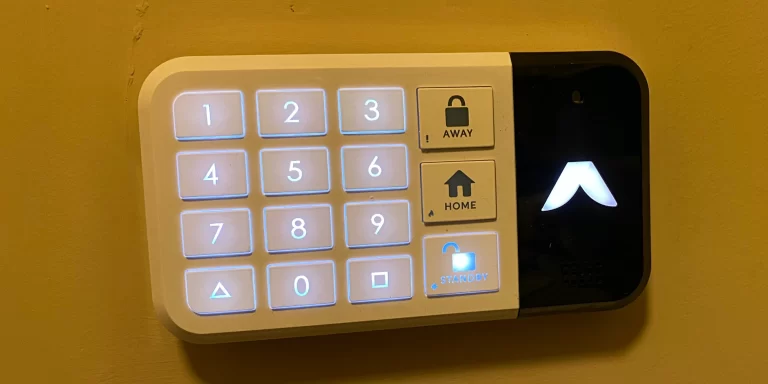What is my 4-digit PIN Number?
In today’s digital age, where security is of utmost importance, the 4-digit PIN number plays a crucial role in protecting our personal information and assets. Whether it’s accessing your bank account, making online purchases, or unlocking your smartphone. In this article, we will delve into the significance of a 4-digit PIN number, how it works, and explore best practices for creating a secure and memorable PIN.
How Does a 4-Digit PIN Number Work?

A 4-digit PIN number is a numerical code consisting of four digits that is used to authenticate and verify the identity of an individual.
It acts as a personal identification number and is commonly used in various scenarios to grant access or complete transactions securely. PINs are widely used in banking, credit cards, ATMs, and mobile devices.
When you create a PIN, it is stored securely in a database or on a smart card. When you enter your PIN, it is compared against the stored value to verify your identity. If the entered PIN matches the stored one, access is granted.
However, if the entered PIN doesn’t match, access is denied, ensuring that only the authorized user can gain entry.
The Importance of a Secure PIN
Your 4-digit PIN number is like a key to your personal and financial information. It is essential to choose a secure PIN to protect yourself from unauthorized access and potential identity theft. Here are some reasons why a secure PIN is crucial:
1. Protecting Your Financial Assets
A strong PIN is vital for securing your bank accounts, credit cards, and other financial assets. It acts as the first line of defense against unauthorized access and helps prevent fraudulent transactions.
2. Safeguarding Personal Data
Many devices, such as smartphones and tablets, require a PIN to unlock. By choosing a strong PIN, you ensure that your personal data, messages, and photos remain private and protected from prying eyes.
3. Preventing Identity Theft
Identity theft is a serious concern in today’s digital world. A weak or easily guessable PIN increases the risk of someone gaining unauthorized access to your accounts and stealing your personal information.
How to Create a Secure and Memorable PIN

Creating a secure PIN doesn’t have to be a daunting task. By following these best practices, you can create a PIN that is both secure and easy to remember:
1. Avoid Common Combinations
Stay away from obvious PIN choices such as “1234,” “0000,” or sequences like “4321.” These combinations are incredibly common and easily guessed by potential attackers.
2. Use a Combination of Numbers and Letters
Consider using a combination of numbers and letters to make your PIN more secure. This adds complexity and makes it harder for others to guess. For example, you could create a PIN like “B3l7” instead of just using numbers.
3. Avoid Personal Information
Don’t use easily obtainable personal information, such as your birthdate, phone number, or address, as your PIN. This information can be easily guessed or obtained by someone with malicious intent.
4. Make it Memorable
While it’s essential to create a secure PIN, it should also be memorable to you. Avoid choosing a PIN that is too complex to remember, as it may lead to frequent forgotten PINs and inconvenience.
5. Change Your PIN Regularly
It’s good practice to change your PIN periodically to enhance security. By doing so, you reduce the risk of someone figuring out your PIN through observation or other means.
Tips for Remembering Your PIN
Remembering your PIN can be challenging, especially if you have multiple PINs for different accounts. Here are a few tips to help you remember your PIN without compromising its security:
1. Create a Mnemonic
Associate your PIN with a memorable phrase or sentence. For example, if your PIN is 2580, you could create a mnemonic like “Two Five Eighty” and associate it with a significant date or event.
2. Avoid Writing it Down
While it may be tempting to write down your PIN to remember it, this practice poses a security risk. If you must write it down, store it in a secure location separate from your card or device.
3. Use Muscle Memory
Practice entering your PIN regularly to develop muscle memory. This way, you can enter your PIN without consciously thinking about the individual digits, making it less likely for others to observe or guess your PIN.
Conclusion
In conclusion, a 4-digit PIN number is a vital security measure that helps protect our personal and financial information.
By creating a secure and memorable PIN, we can enhance the security of our accounts, prevent unauthorized access, and reduce the risk of identity theft.
Remember to follow best practices such as avoiding common combinations, using a combination of numbers and letters, and changing your PIN regularly.
By being mindful of the importance of a secure PIN, we can navigate the digital landscapes safely and confidently, knowing that our personal information is well-protected.
READ ALSO!!!





